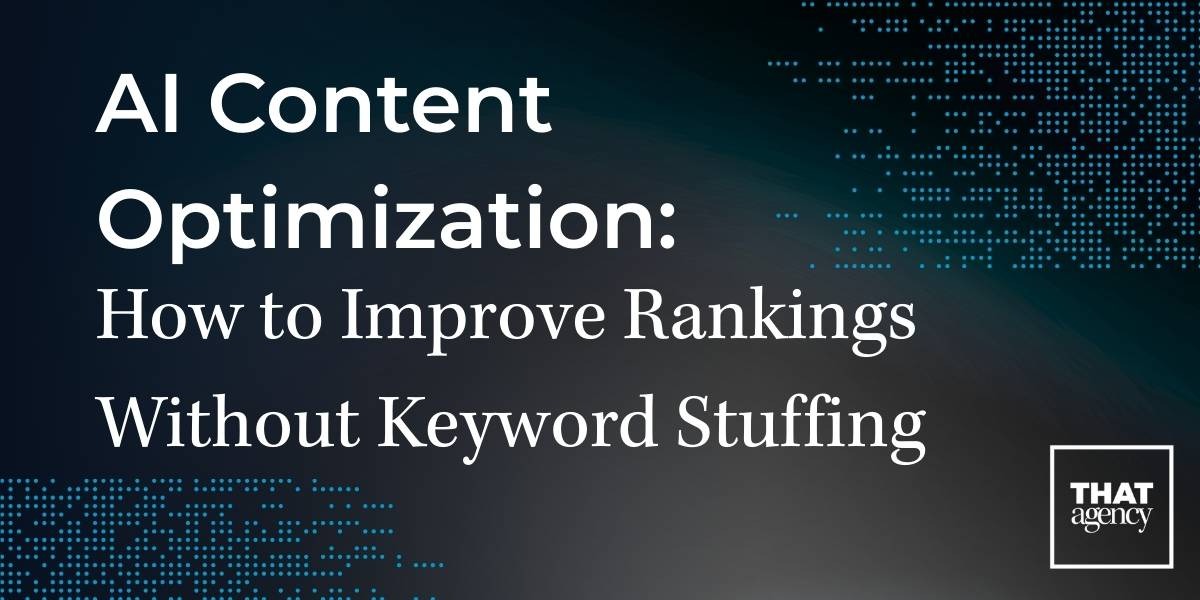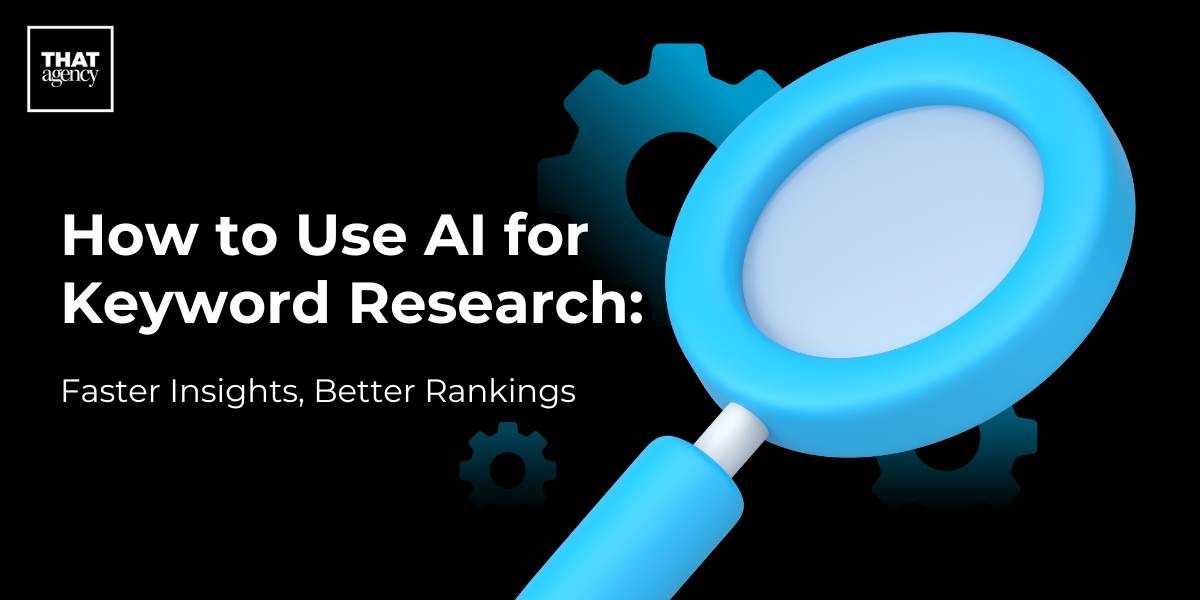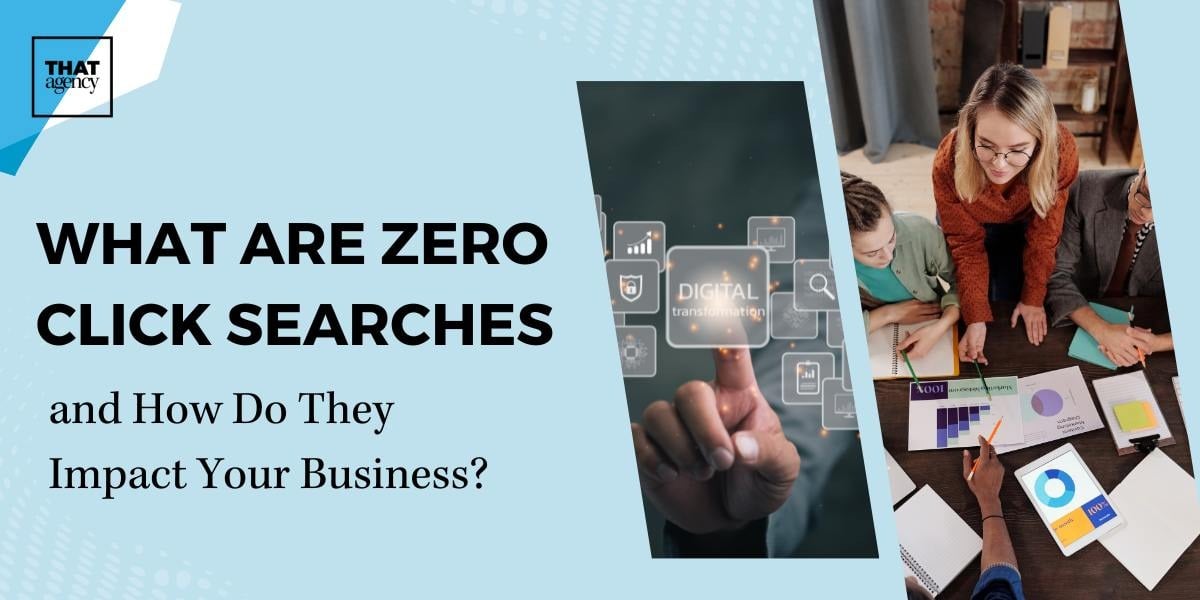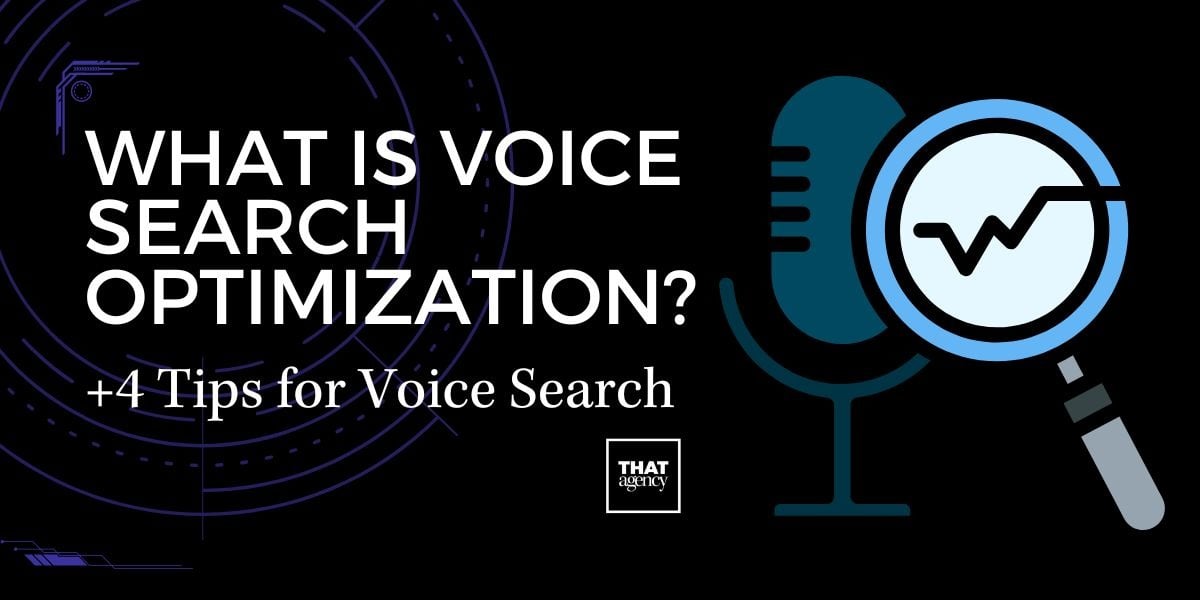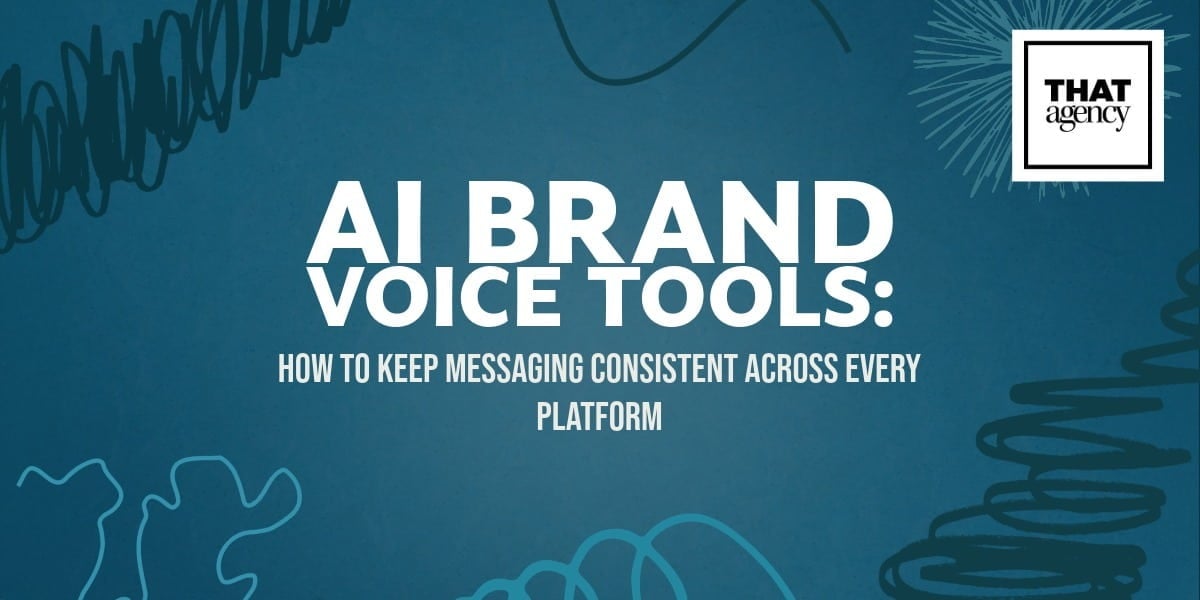If you’re working on improving your website’s visibility, chances are you’ve come across terms like on-page SEO, technical SEO, and off-page SEO. It can be confusing at first, especially when trying to figure out how they’re different and which one is more important.
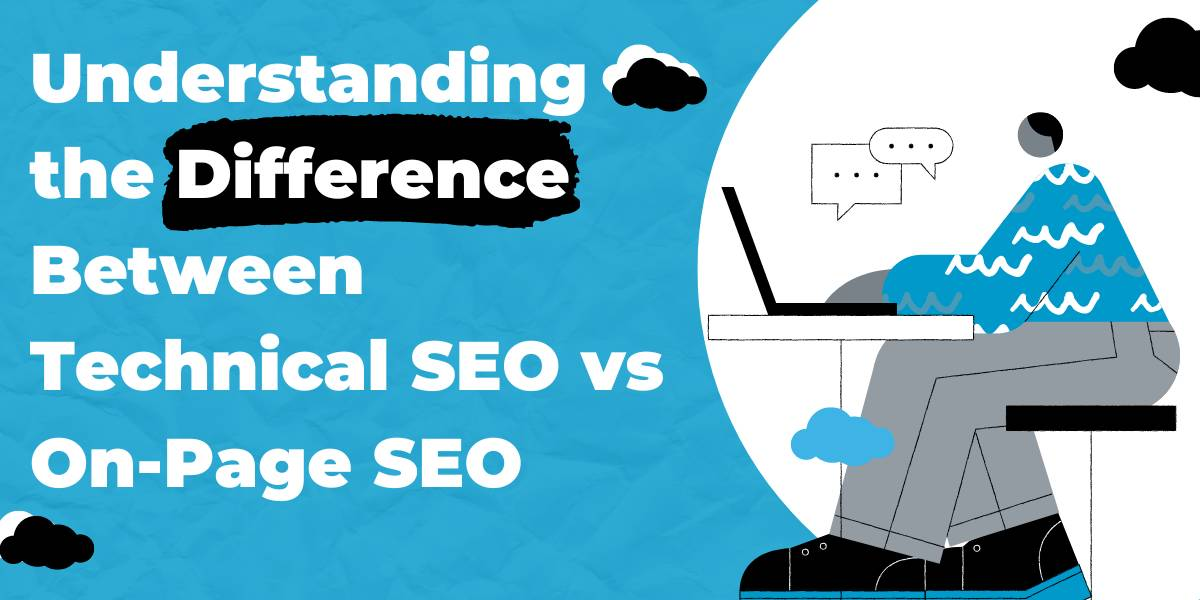
In this guide, we’ll break down the comparison of on page SEO vs technical SEO in a way that’s simple, clear, and useful. You’ll learn what each type involves, how they support your search engine rankings, and how to prioritize them depending on your goals.
We’ll also touch on what is off page SEO so you get the full picture of how all three SEO types work together.
Understanding On-Page SEO: Content That Connects
When you hear the term on-page SEO, it’s referring to everything you can control on your website to help it rank better on search engines like Google. It’s all about making sure your content is easy to read, helpful to your visitors, and clearly organized so search engines know what each page is about.
But on-page SEO isn’t just about writing a few keywords, it’s about creating a smooth, useful experience for your audience and making sure your site is set up the right way behind the scenes.

Here’s a closer look at the key parts of on-page SEO and why each one matters:
1. Title Tags and Meta Descriptions
What are they? Your title tag is the clickable headline that shows up in search engine results. The meta description is the short blurb underneath it that explains what the page is about.
Why are they important? These are your first chance to get someone to click on your page. A clear, well-written title and description that include your main keyword can improve your click-through rate, which just means more people are likely to visit your site.
Tip: Make your title interesting but to the point. Keep your meta description under 160 characters and try to explain why your page is helpful.
2. Headings (H1, H2, H3, etc.)
What are they? Headings are used to break up your content into sections. Your main headline is called the H1, and smaller subheadings use H2, H3, and so on.
Why are they important? Headings make your content easier to read. They help users quickly scan your page and find the information they need. They also help search engines understand the structure and topics of your page.
Example: If you’re writing a page about “How to Train a Puppy,” your H1 might be “Puppy Training Tips,” and your H2s could be “House Training Basics” and “Teaching Simple Commands.”
3. Keywords
What are they? Keywords are the words or phrases people type into Google when they’re looking for something, like “best running shoes” or “how to fix a leaky faucet.”
Why are they important? Using the right keywords on your page helps search engines match your content to what people are looking for. The trick is to use them naturally, not stuff them in too many times.
Where should I put keywords?
- In your title tag
- In your headings
- In the first paragraph of your content
- In image alt text (more on that below)
Remember, it’s not about how many times you use a keyword, it’s about using it where it makes sense.
4. Internal Linking
What is it? Internal links are links from one page on your website to another page on the same site. For example, if you’re writing a blog post about healthy recipes, you might link to another post about “meal prepping tips.”
Why is this helpful?
- It helps keep visitors on your site longer by giving them more to explore.
- It helps search engines discover and index more of your content.
- It improves the structure of your site and shows which pages are most important.
Tip: Don’t just say “click here.” Use descriptive link text like “check out our full list of family-friendly recipes.”
5. Image Optimization
What does that mean? Image optimization means making your images the right size and adding helpful info to them so they load faster and make your site more accessible.
Here’s how:
- Compress images so they don’t slow down your site.
- Add alt text to describe what the image shows. This helps people using screen readers and gives Google more context about your page.
Why does this matter? Slow-loading pages can cause people to leave before they even see your content. Plus, Google uses image info to understand your page better and sometimes even shows your images in search results.
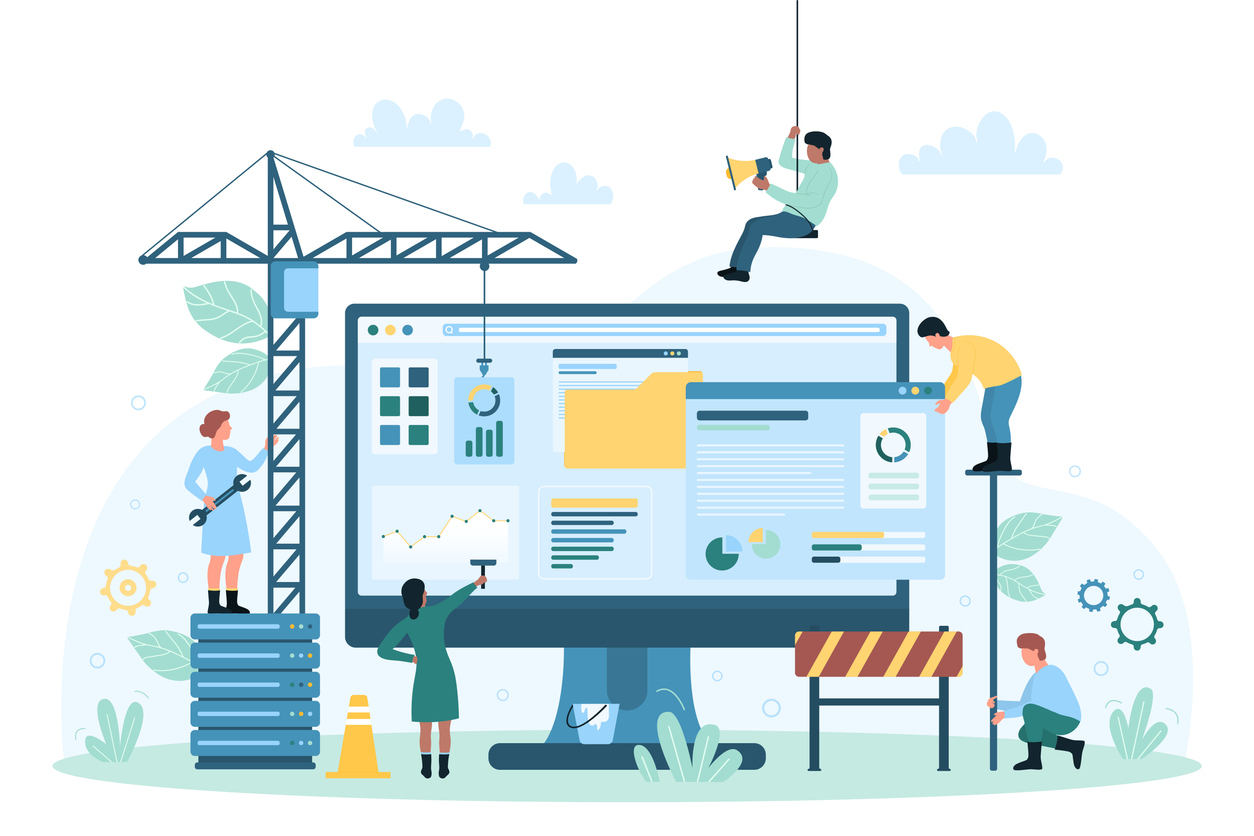
So, Why Is On-Page SEO So Important?
On-page SEO helps your website connect with both real people and search engines.
When done well, it:
- Makes your content easier to find and understand
- Encourages people to stay on your site longer
- Increases your chances of showing up in top search results
Think of it like this: You might have the best information or product in the world, but if your page is messy, slow, or hard to read, people won’t stick around, and Google might not even show it in the first place.
That’s why on-page SEO matters. It’s your chance to show up, stand out, and offer real value to your visitors.
What Is Technical SEO?
If on-page SEO is all about the words, images, and layout your visitors see, technical SEO is what happens behind the scenes. It’s the foundation that helps search engines like Google find, read, and understand your website. Without it, even the best content might not show up in search results.
Think of technical SEO like tuning up a car. You can have a shiny paint job and nice seats (your content), but if the engine doesn’t run well (your technical setup), you won’t get very far.
So, what exactly does technical SEO include?
Let’s go through some of the main parts and why they matter.
1. Site Speed
Why is speed so important? People don’t like waiting around. If your site takes more than a few seconds to load, visitors will probably leave, and Google notices that. A slow site can lead to a higher bounce rate (people leaving right away), which can hurt your rankings.
What helps improve site speed?
- Compressing image sizes
- Reducing extra code
- Using fast, reliable hosting
- Minimizing plugins and unnecessary scripts
Faster sites create better user experiences and tend to rank higher.
2. Mobile Optimization
What is mobile optimization? It means your website looks and works just as well on phones and tablets as it does on a desktop computer. These days, most people browse on their phones, so this is a must.
How can you tell if your site is mobile-friendly? Try using Google’s Mobile-Friendly Test. If your site doesn’t pass, users may struggle to read or click on things, which can hurt both traffic and sales.
Google also uses mobile-first indexing, which means it mainly looks at the mobile version of your site when deciding how to rank it.
3. Secure Connection (HTTPS)
Why does HTTPS matter? If you’ve ever seen a padlock symbol in the address bar of a website, that means it’s secure, using HTTPS. This protects data like passwords and contact forms from being stolen.
Does HTTPS help with SEO? Yes. Google has confirmed that HTTPS is a small ranking factor. More importantly, it builds trust with visitors. If your site is still HTTP (without the “S”), it’s time to upgrade your security.
4. XML Sitemap
What’s an XML sitemap? An XML sitemap is like a map or table of contents for your website. It tells search engines what pages exist on your site and how they’re connected.
Why is it useful? It helps search engines crawl your site faster and more accurately. If your site has lots of pages, or if some pages don’t have many internal links, a sitemap can make sure nothing important gets missed.
You can create and submit your sitemap using tools like Google Search Console.
5. Robots.txt File
What is robots.txt? It’s a small text file that lives on your site and tells search engine bots which pages they can and can’t crawl.
When would you use it? For example, you might use robots.txt to block bots from crawling:
- Private admin pages
- Duplicate content
- Thank-you pages after a form is submitted
It helps avoid confusion and keeps search engines focused on your most important content.
6. Fixing Broken Links and Site Errors
Why are broken links a problem? Broken links (when a page leads to a 404 error) are bad for users and bad for SEO. They create a poor experience and make your site look messy or outdated.
What kinds of technical errors should you fix?
- 404 “Page Not Found” errors
- Redirect loops
- Server errors
- Duplicate pages or meta tags
- Pages blocked from indexing by mistake
Tools like Screaming Frog, Google Search Console, and Semrush can help you find and fix these issues.
What’s the Point of Technical SEO?
Technical SEO may not be flashy, but it’s essential. It’s how you make sure your website is fast, secure, easy to use, and search-engine friendly.
Here’s why it matters:
- If Google can’t find or understand your site, your content won’t rank, no matter how great it is.
- A well-structured, technically sound site keeps visitors around longer.
- It sets the stage for successful on-page SEO and content marketing efforts.
Do I Need to Be a Developer to Handle Technical SEO?
Not always. While some tasks require coding knowledge (like fixing schema markup or server issues), many tools can help you manage technical SEO without being super technical.
Platforms like WordPress, Shopify, or Squarespace also have SEO-friendly features built in. And if you're not sure how to fix something, you can always work with a team (like THAT Agency) that knows exactly what to do.
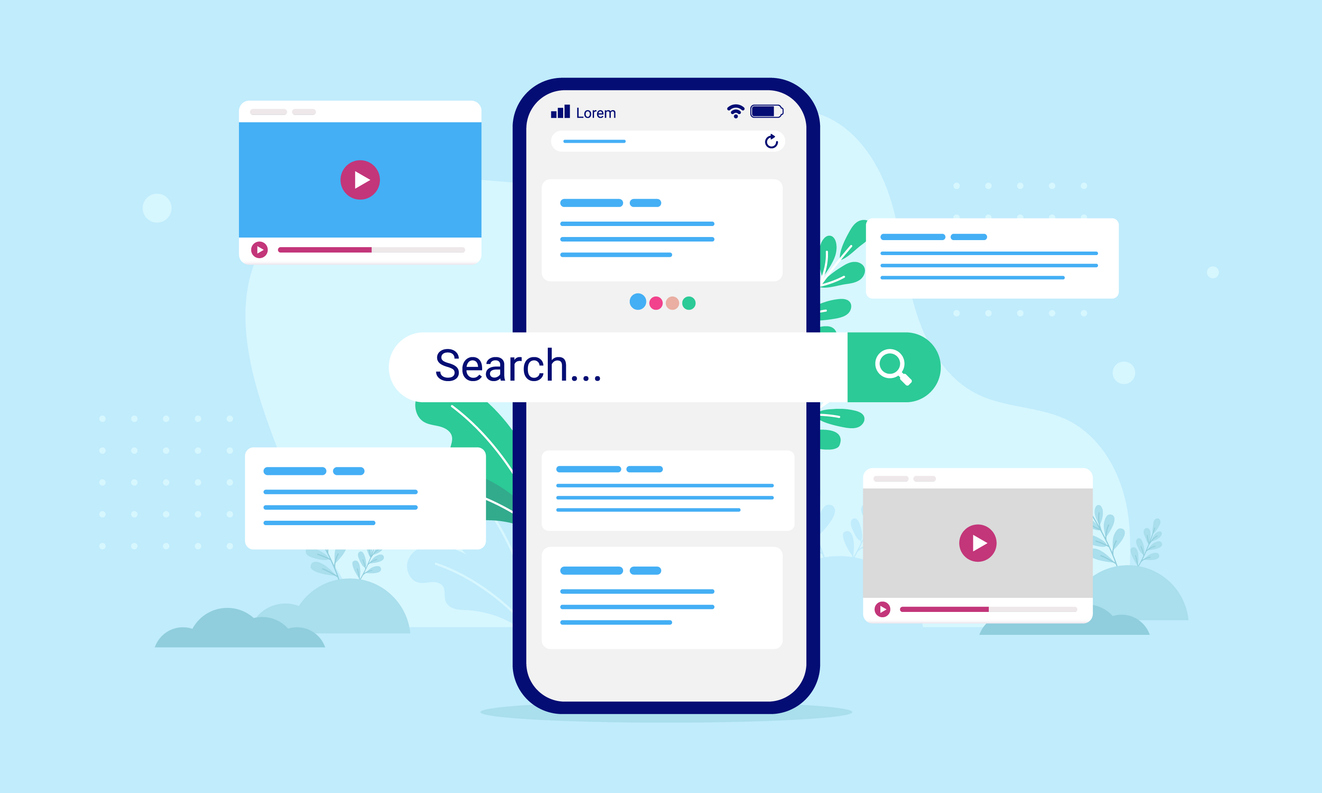
On Page SEO vs Technical SEO: Key Differences
You’ve probably heard both terms, on-page SEO and technical SEO, but what’s the real difference between them? It’s a common question, and one worth exploring if you want your website to rank well in search results.
Let’s break it down in a way that’s easy to follow.
What’s the Main Focus?
- On-page SEO is all about what people see on your website. That includes your content, images, and how your page is structured. It’s about making sure your content matches what people are searching for.
- Technical SEO happens behind the scenes. It focuses on how your website is built and whether search engines like Google can access and understand it.
So, if your website was a house:
- On-page SEO is the furniture, paint colors, and decorations.
- Technical SEO is the plumbing, wiring, and foundation.
What’s the Goal?
- On-page SEO tries to improve the user experience and make your content more relevant to specific keywords. The goal is to keep visitors engaged and help Google understand what each page is about.
- Technical SEO helps search engines crawl, index, and rank your site properly. If your site isn’t running well or is hard to navigate for bots, you could miss out on traffic, no matter how good your content is.
Who’s Usually in Charge?
- On-page SEO is handled by content creators, marketers, and copywriters. They focus on writing great content, organizing pages, and using keywords the right way.
- Technical SEO is often handled by web developers or SEO specialists who understand how websites function. They work with code, fix errors, and optimize performance.
What Are Some Examples?
|
Feature
|
On-Page SEO
|
Technical SEO
|
|
Focus
|
Content and what users see
|
Behind-the-scenes functionality
|
|
Goal
|
User experience and keyword optimization
|
Crawlability, speed, structure
|
|
Handled By
|
Marketers, writers, SEO strategists
|
Developers, technical SEO experts
|
|
Examples
|
Title tags, keywords, internal links, images
|
Mobile-friendliness, site speed, sitemaps, HTTPS
|
|
Tools Used
|
Yoast SEO, SurferSEO, Clearscope
|
Google Search Console, Screaming Frog, PageSpeed Insights
|
So… Which One Is More Important?
A lot of people ask this. The honest answer? They’re both equally important.
If your site has amazing content (on-page SEO) but takes forever to load or is full of technical problems, Google may not rank it. And if your site runs perfectly (technical SEO) but the content doesn’t match what users are searching for, it still won’t perform well.
Think of SEO like a team effort:
- On-page SEO brings in people by answering their questions and providing value.
- Technical SEO makes sure your site runs smoothly so those people (and search engines) can get what they need.
If you want long-term growth, you need both working together.
What Is Off Page SEO (and Why Does It Matter?)
Now that you understand on page SEO vs technical SEO, there’s one more part of the SEO puzzle: off-page SEO.
What Is Off Page SEO?
Off-page SEO refers to everything you do outside of your website to improve your search rankings. Unlike on-page and technical SEO, which happen directly on your website, off-page SEO is about building your site’s reputation and authority across the internet.
The Most Important Part: Backlinks
The biggest part of off-page SEO is getting backlinks, these are links from other websites that point to yours. Google sees backlinks as a signal of trust. If other trustworthy websites are linking to you, it’s a sign that your content is useful or valuable.
But not all backlinks are created equal. A link from a well-known, high-authority site will help more than a link from a random blog.
Other Off-Page SEO Strategies Include:
- Social media sharing – When people share your content on social media, it boosts visibility and can lead to more backlinks.
- Guest blogging – Writing helpful posts for other websites and linking back to your own builds both visibility and authority.
- Online reviews – Reviews on Google, Yelp, or industry sites show that people trust your brand, and they often help with local SEO.
- Brand mentions – Even if someone talks about your brand without linking to your site, Google can still recognize it as a trust signal.
Why Does Off Page SEO Matter?
Even if your site runs perfectly and your content is great, you still need outside validation. Google wants to see that others trust your site too. That’s where off-page SEO helps.
It’s kind of like real life, if lots of respected people recommend a restaurant, you’re more likely to try it, right? The same goes for websites.
Here’s how off-page SEO fits into the big picture:
- On-page SEO tells Google what your site is about.
- Technical SEO helps Google access and understand your site.
- Off-page SEO tells Google that others trust and value your site.
Put simply, off-page SEO helps your site earn credibility. And in the world of search engines, credibility leads to better rankings, more traffic, and more customers.
How On-Page, Technical, and Off-Page SEO Work Together
When it comes to SEO, no single piece can carry your whole strategy. To get the best results, higher rankings, more traffic, and better leads, you need all three types of SEO working together: on-page, technical, and off-page.
Let’s break it down:
- Technical SEO is like your website’s foundation. It makes sure your site loads quickly, is secure, and works well on all devices (especially mobile). It also helps search engines like Google crawl and index your pages correctly. Without a strong technical setup, your site might not even show up in search results.
- On-page SEO is the part that most people see. This includes your written content, headlines, images, and even the words you use. It helps Google (and your readers) understand what your site is about. When done well, on-page SEO helps you show up for the searches your audience is already making.
- Off-page SEO happens outside your website. It’s how search engines know if your content is trustworthy. For example, if a lot of other websites link to your pages, that’s a signal to Google that your content is worth ranking.
Here’s why you need all three:
Let’s say you write a helpful blog post with great keywords and headlines (that’s on-page SEO). If your website is slow, full of errors, or hard to navigate (technical SEO problems), Google might not even bother showing your post in search results. And if no one else links to it (weak off-page SEO), Google might assume it’s not very important, even if the content is awesome.
Bottom line: Skipping any one part of SEO can hurt your chances of showing up on Google and getting found by the right people.
Which SEO Should You Focus on First?
If you’re new to SEO, you might be wondering: Where do I even start? Do I fix my website first or write content?
That’s a great question, and the order you work in actually makes a big difference. Here’s a smart way to prioritize your SEO efforts:
1. Start with Technical SEO
Before you create new content or chase backlinks, make sure your website is working properly. If your site loads slowly, isn’t mobile-friendly, or has a bunch of broken links, search engines may not crawl or index it correctly. This means all the other SEO work you do might go unnoticed.
Ask yourself:
- Is my site secure (using HTTPS)?
- Does it load in 3 seconds or less?
- Is it easy to use on a phone?
- Do I have any pages that return errors?
If you’re not sure, tools like Google Search Console or PageSpeed Insights can help you spot and fix technical issues.
2. Next, Focus on On-Page SEO
Once your website is running smoothly, shift your focus to your content. This is where you create blog posts, service pages, and product descriptions that match what people are searching for.
Here’s what to do:
- Use keywords naturally in your content.
- Make sure each page has a clear title and description.
- Organize your text with headings and bullet points.
- Link to other helpful pages on your site.
Your goal here is to give people (and Google) a reason to stick around. The better your content matches what someone is searching for, the more likely it is to rank well.
3. Then, Work on Off-Page SEO
After you’ve built a solid site and filled it with great content, it’s time to focus on off-page SEO, which mostly means getting other websites to link to yours.
Why are links so important? Think of links like votes. The more high-quality websites that link to your content, the more search engines trust you. This can push your pages higher in the rankings.
Ways to build authority:
- Reach out to other websites and offer to write guest blog posts.
- Create helpful resources that others will want to link to.
- Partner with other businesses to share each other’s content.
Remember, building off-page SEO takes time, but it’s worth the effort. Strong backlinks can make a big difference in your long-term visibility.
Final Thoughts
Understanding the difference between on page SEO vs technical SEO is a big step in building a stronger digital presence. On-page SEO helps you create content that connects with your audience. Technical SEO ensures your site is running smoothly and is easy for search engines to understand. And what is off page SEO? That’s your reputation, how others see and trust your content online.
At THAT Agency, we help businesses put all three SEO pillars into place. Whether you’re just getting started or need help fine-tuning your strategy, we’ve got your back.
Want to boost your rankings and grow your traffic? Check out our SEO services or contact us today to get started.
